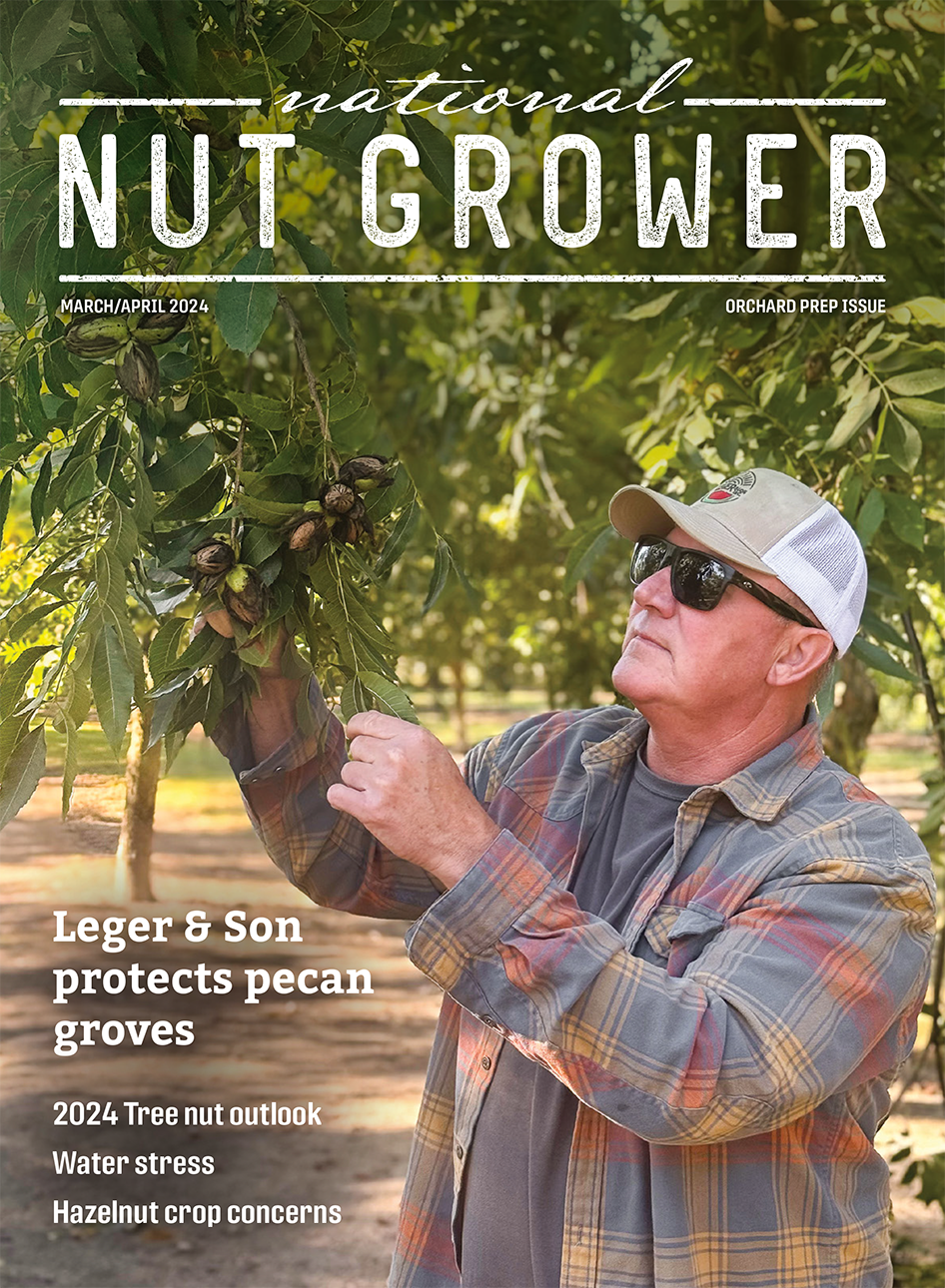Aug 3, 2022Alternatives sought for farm fallowing in California amid dust worries
As local groundwater sustainability agencies bring groundwater basins into balance under the Sustainable Groundwater Management Act (SGMA), several hundred thousand acres of irrigated farmland in the San Joaquin Valley are anticipated to come out of production.
Farmers, researchers, government officials and water managers are looking at ways to ease the transition to fallowed ground and mitigate concerns such as dust.
“We’re now looking at options for managing this farmland transition in ways that can be most beneficial for the region’s communities, economy and environment,” said Ellen Hanak, director for the Public Policy Institute of California (PPIC) Water Policy Center, during a presentation last week on the nonprofit’s research.
Water Policy Center researchers discussed recent findings after exploring the potential for water-limited agriculture in the San Joaquin Valley. These include whether relying on water from rainfall through dryland farming and water-limited agriculture may help ease the transition to fallowed ground and management practices to mitigate dust.
“We wanted to know: Are there better outcomes, and is there a role for dryland or water-limited agriculture, for example, to ease this transition to less irrigation,” said Caitlin Peterson, PPIC Water Policy Center associate director and research fellow. “Our models showed that it is possible to grow winter crops without much irrigation or even with no irrigation, especially in wetter areas of the valley.”
Rather than widespread land idling, which comes with unintended consequences such as dust, weeds, pests and soil degradation, PPIC research revealed that a switch from summer-irrigated crops to winter crops produced with limited water – including winter cereals and forage crops, among others – could keep some of the fallowed land in production.
Although water-limited agriculture faces large hurdles, Peterson explained, some promising aspects warrant further exploration.
“There are economic and operational constraints to consider. The price point for these (forage) crops is usually not comparable to something like almonds,” Peterson said. “These are low-income, low-output type systems, which is a big mindset shift, as well as a system transformation from the high-input, high-output crops we’re used to.
“Despite these constraints, when it comes to land that is going to be losing reliable irrigation, our perspective on this is something might be preferable to nothing,” Peterson said.
These farming systems could also create public benefits, Peterson said, by mitigating dust, providing habitat, maintaining soil quality and keeping the land in agriculture for future use. This would also help groundwater sustainability agencies meet groundwater demand requirements under SGMA and lead to incentives for farmers.
“As far as the grain crop, it serves multiple purposes,” said Madera County walnut and almond farmer Mark Hutson, who took part in a panel discussion. “One (is) hopefully an income. Two, it can be sacrificed if you do have excess water flows like in 2017 or 2019, and it can lower dust and can be farmed in a strip manner.
“It gives me more options,” Hutson said of potentially incorporating grain crops. “That’s what’s exciting to me as a grower. I can still do what I want to do on my farm; I just need more management practices in my toolbox.”
Cork McIsaac, president of Agriculture Industries Inc., said he works with tenants who are doing as much dryland farming as possible; however, the state has been dry for about the last 15 years.
“A lot of that (dryland farming) has been utilized for forage, grazing – primarily sheep and goats – and that’s effective, but it’s not necessarily a real effective way to control the weeds,” McIsaac said. “For grazing, you need to spread that season as long as possible, but those plants become hosts for numerous pests, and then that becomes a secondary challenge. There are no real easy answers.”
Andrew Ayres, a Water Policy Center research fellow, discussed his work on land transitions and dust in the San Joaquin Valley. He said fallowed ground can generate dust and unhealthy particulate pollution.
“We found that maintaining management practices on the land that disrupt wind are really important for reducing dust, and simply maintaining some vegetative cover is often the simplest and most cost-effective approach,” Ayres said. “The San Joaquin Valley Air District’s Conservation Management Practice program has rules and expectations for how farmers can control dust on their lands, and it will be important for that program to evolve.”
Jonathan Klassen, San Joaquin Valley Air Pollution Control District director of air quality science, said the agricultural sector has made progress, reducing PM10 emissions (those with a diameter of 10 microns or less) by over 35 tons in recent years, and PPIC research will lead to the district looking into future dust concerns and building an effective strategy.
PPIC findings concluded there is a need for more funding to incentivize farmers and to conduct on-farm research.
“Any grower that’s out there would much prefer to be able to come up with programs that don’t require government assistance,” McIsaac said. “But at this point, unless there’s water available, which is not on the horizon, there’s going to need to be some broader discussions and availability of resources to help manage and mitigate some of the secondary issues such as dust.”
McIsaac said grant money could be used to help orchard farmers with costs of removing trees “so they can go into grain.”
Reyn Akiona, ecologist and watershed coordinator of the Tule Subbasin in Tulare County, which includes the Lower Tule River Groundwater Sustainability Agency and the Pixley GSA, said these GSAs are “leading the charge” on developing land fallowing and cover crop programs.
He said, “There’s some simple things that have occurred that have enabled some really cool programs to sort of blossom out of the space.”
– Christina Souza, California Farm Bureau Federation







